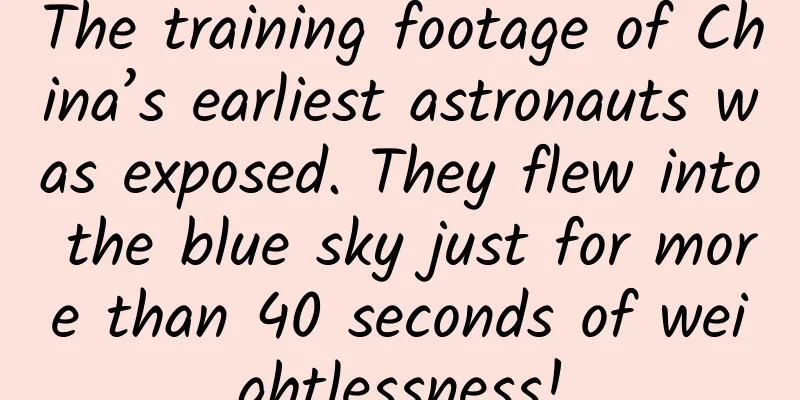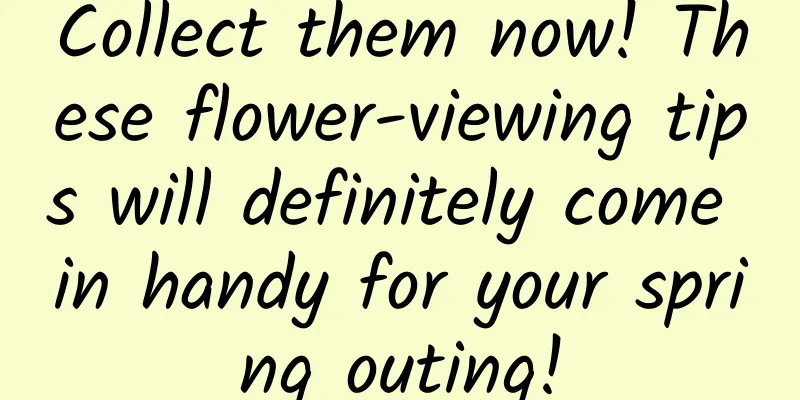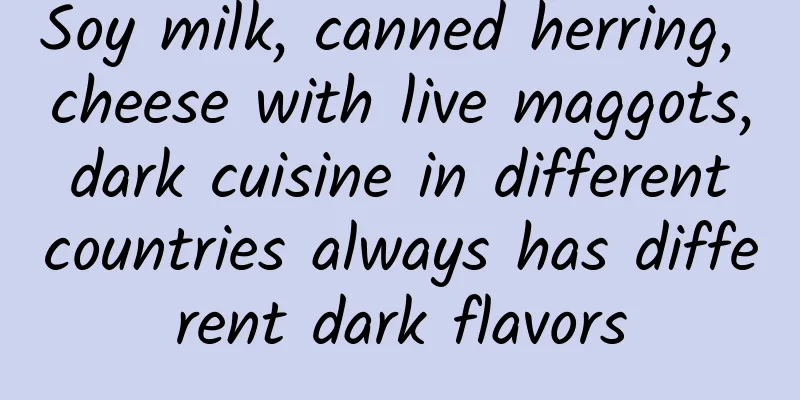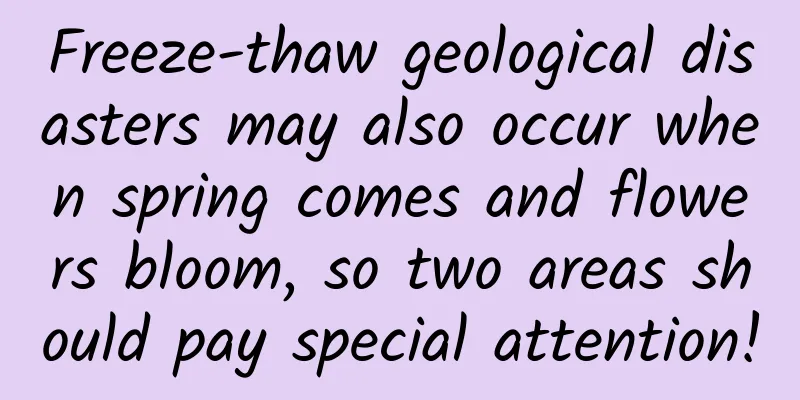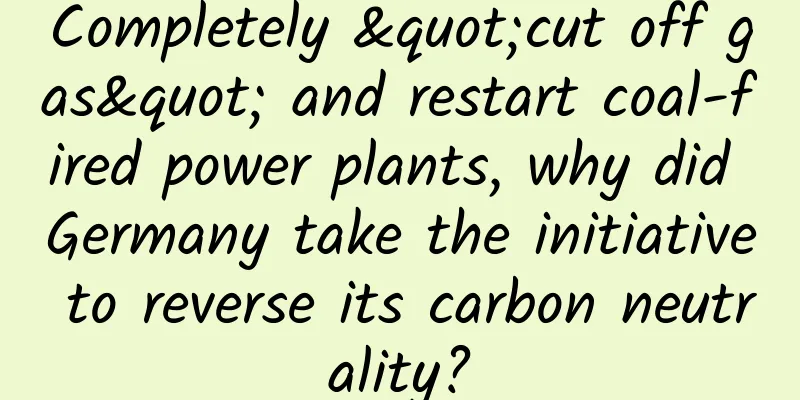The price of old luxury cars plummets, and new environmental regulations may change the second-hand car landscape in Beijing
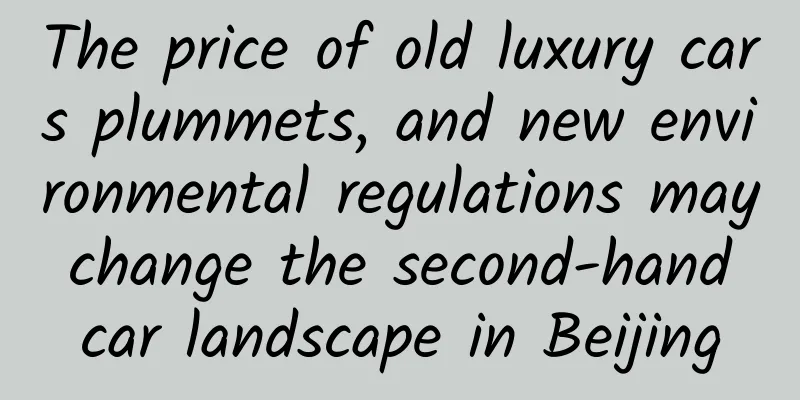
|
According to the recently revised "Beijing Air Pollution Emergency Plan", starting from February 15 next year, National I and National II light gasoline vehicles will be restricted on weekdays within the Fifth Ring Road (excluding) and will be banned from driving throughout the city when the orange alert for severe air pollution is in effect. Reporters learned that the new policy of this "Emergency Plan" is intended to promote "last-place elimination" and improve the emission structure of motor vehicles in Beijing, and the government subsidy in the elimination and renewal plan has been adjusted from 8,000 yuan to 12,000 yuan. According to incomplete statistics, there are about 400,000 to 500,000 National I and National II light gasoline vehicles in the Beijing market. Such a huge market stock will naturally have a significant impact on the Beijing used car market. Recently, a reporter from Beijing Time went to the Beijing used motor vehicle trading market. During the visit, the reporter found that due to the restricted migration policy implemented by most cities, the "plan" will have a greater impact on the price of old mid-to-high-end vehicles; while the price of old low-end models is basically the same as the scrap price. Most of the old motor vehicles involved in this "preliminary plan" were purchased before June 30, 2006. However, due to factors such as consumption upgrades caused by the restrictions on driving and purchase in first-tier cities, even in the large-scale Beijing used motor vehicle trading market (referred to as "Huaxiang"), old motor vehicles that meet the regulations are not common. Beijing Time reporters learned that since each used car brokerage company has certain restrictions on the "display parking space" in the market, most dealers will place nearly new cars and luxury cars in conspicuous locations. Therefore, old motor vehicles with lower profits are mostly stored in corners of the market, and you need to ask around to find them. It is understood that there are currently 400,000 to 500,000 old vehicles in the Beijing market that are covered by the "Plan". Industry veterans told reporters that about 75% to 80% of the models are Xiali, QQ, Sail, Fit and the "old three". Since these models have little selling value, it is more economical to directly scrap them and receive government subsidies. In addition to the above models whose subsidy prices are higher than the market price of used cars, the old mid-to-high-end models that were once very expensive and powerful are somewhat embarrassed. Especially after the release of the "plan", the purchase price of some old luxury models has dropped by more than 40%. Some luxury cars that could be sold for 30,000 or 40,000 yuan before the "new policy" are now sold at a price slightly higher than the scrap price, which has caused some car owners to adopt a wait-and-see attitude. According to a car dealer who did not want to be named, although it is a pity, this type of car will have many restrictions on use in the future and the cost of repair and maintenance will be high. Previously, in order to cope with environmental pressure, most cities across the country have taken measures to restrict the migration of vehicles below National III to avoid a large number of old cars with high pollution emissions entering the local market. At the beginning of 2016, the State Council put forward the National Eight Articles in response to the current situation of the used car market, focusing on the reform of lifting the regional restrictions on the migration of used cars, improving the registration of used car transactions, and optimizing taxation. As of early August 2016, the number of cities that have lifted restrictions on the migration of used cars has gradually increased. Although the "National Eight Articles" have eased the restrictions on the migration of used cars to a certain extent, considering the costs of transportation, manpower, and docking with various local departments, there are not many car dealers willing to do relocation business. In response to the owners of mid- to high-end old motor vehicles who are worried about the loss of economic benefits, the car dealer still gave a "solution" under the reporter's questioning. For the National II motor vehicles that meet the National III emission standards, the environmental protection three-star label will be issued. The reporter later interviewed several people from the vehicle inspection factory and they said that this regulation is mainly for car owners who bought the car after February 1, 2006, and the motor vehicles that were first registered before October 31, 2004 are not processed in principle. In response to the outside world's claim that the exhaust system can be upgraded by modification, professionals said that technically there is no possibility of modification to meet the standards, but other unconventional ways to solve the above methods are not ruled out. In addition, other practitioners told reporters that some old cars with greater utilization value can be handled by "breaking the whole into pieces", that is, some parts are dismantled and sold, and the whole vehicle is scrapped as a whole to recover the losses as much as possible. However, the above disassembly and upstream and downstream transactions mostly have special channels, and it is difficult for ordinary consumers to benefit from them. The increasingly severe environmental pressure may bring about a domino-like chain reaction in the second-hand car market in Beijing and even the whole country. Wang Meng, a senior expert in second-hand car circulation, said that "the scrapping subsidy should not be a one-size-fits-all approach." He also worried that if other cities follow Beijing's example and impose mandatory restrictions on scrapping, and if the subsidies are not as high as the Beijing government's, it will cause great dissatisfaction among the people, and many second-hand car practitioners will face the risk of "collapse" in the short term. However, some industry experts also said that the new policy will leverage Beijing's 400,000 old car stock resources to replace scrap with new ones, becoming a new engine for new and second-hand car transactions next year. Industry experts remind that since most owners of old motor vehicles aim to replace them with new cars or update their car quotas, many people will choose intermediary agencies to handle the formalities on their behalf. However, in order to prevent illegal transactions in the scrapping chain, such as not scrapping them in time and putting them on the road and causing traffic accidents, consumers need to choose 4S store brand used cars or reputable used car intermediaries as much as possible. TIPS: In order to facilitate car owners to check whether their vehicles meet the National I or National II emission standards that are subject to traffic restrictions, the environmental protection department has provided a simple and feasible identification method: 1. Calculate the time. Car owners can identify the date of vehicle registration marked on the driving license. Beijing implemented the National I standard in 1999, the National II standard in 2002, and the National III standard in 2005. Therefore, cars purchased in Beijing after June 30, 2006 are not National I or National II vehicles. 2. Count the "stars". Car owners can check the environmental protection logo issued by the annual inspection of motor vehicles. Green logos with no stars, one star or two stars are National I or National II vehicles. 3. Check the materials. Check the vehicle emission standards marked on the vehicle factory certificate and other materials issued by the automobile manufacturer when purchasing a new car. 4. Ask for help. Log in to the "Motor Vehicle Emission Standards Query" column on the Beijing Environmental Protection Bureau website. Or directly call 12369, the Beijing Environmental Protection Complaint and Report Consultation Hotline, and ask the staff to help you query. As a winner of Toutiao's Qingyun Plan and Baijiahao's Bai+ Plan, the 2019 Baidu Digital Author of the Year, the Baijiahao's Most Popular Author in the Technology Field, the 2019 Sogou Technology and Culture Author, and the 2021 Baijiahao Quarterly Influential Creator, he has won many awards, including the 2013 Sohu Best Industry Media Person, the 2015 China New Media Entrepreneurship Competition Beijing Third Place, the 2015 Guangmang Experience Award, the 2015 China New Media Entrepreneurship Competition Finals Third Place, and the 2018 Baidu Dynamic Annual Powerful Celebrity. |
<<: LeTV's 5 billion financing crisis looms, LeTV Sports slims down to save itself
>>: Audi's turnaround should be thanked to its dealers
Recommend
Do you want to know the 6 key principles of brand operation?
What? Is there such a magical job as brand operat...
How precious are the "parent seeds" targeted by foreign spies? Seed source safety is a big deal
Recently, a case of spies stealing hybrid rice pa...
Ideas for setting up and optimizing information flow accounts, super practical stuff!
The development of bidding models in Internet adv...
Comparing the pros and cons of Android and iPhone
[[171222]] When we compare Android vs. iPhone, it...
The cute "Hedwig" is actually a bird of prey?
Audit expert: Wang Lei National Parks and Conserv...
"Father of the Hydrogen Bomb" Ulam: My Friend John von Neumann | Commemorating the 120th Anniversary of John von Neumann's Birth (Part 1)
December 28, 2023 is the 120th birthday of John v...
Zhihu information flow: a "small trend" in advertising promotion and marketing in 2019!
On the first day of 2019, Luo Zhenyu's New Ye...
Key points for short video shooting, what are the four elements of short video shooting?
When we are watching short videos , we often see ...
How to build a product operation and promotion system for two-dimensional products?
The analysis in this article is mainly to underst...
[Smart Farmers] How to remove the bitterness of cucumbers? Genomics can help
[Smart Farmers] How to remove the bitterness of c...
Three directions for building a brand’s own broadcast matrix account
Before we knew it, it is already June. With the a...
Dawn! The world's first successful launch of a liquid oxygen-methane rocket
At around 9:00 a.m. on July 12, the Suzaku-2 Yao-...
Zhang Shanling's Three Major Axes at Alibaba (21 Lectures) [Completed]
Zhang Shanling's 21 Lectures on Alibaba's...
Can an “anti-inflammatory diet” really improve immunity?
This is the 4274th article of Da Yi Xiao Hu Recen...
How can you get more people to participate in your activities?
When running events or conducting marketing activ...

